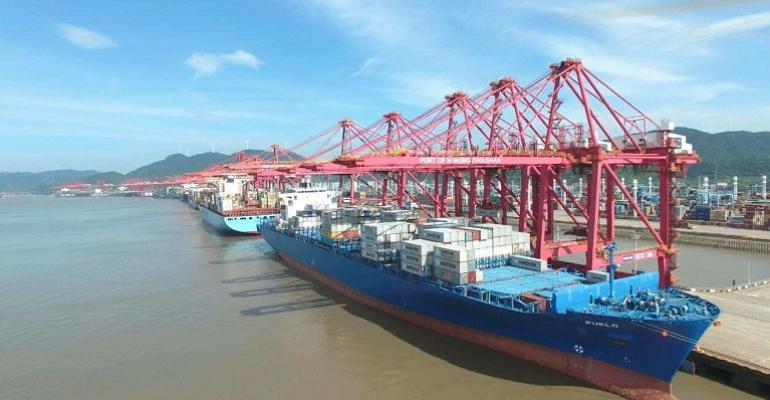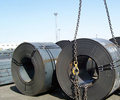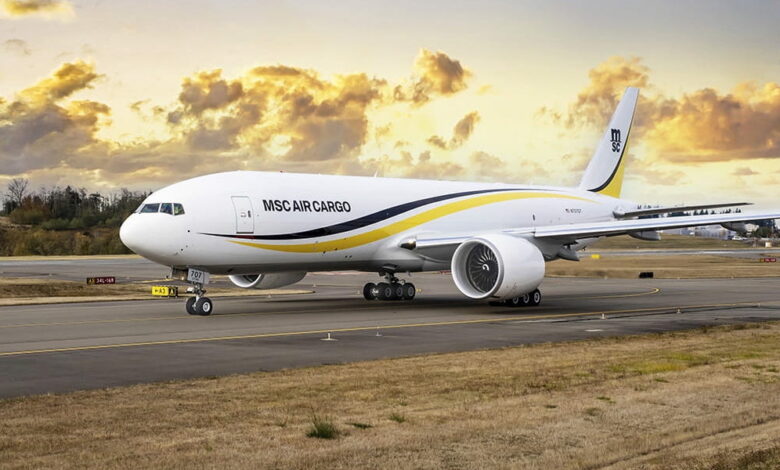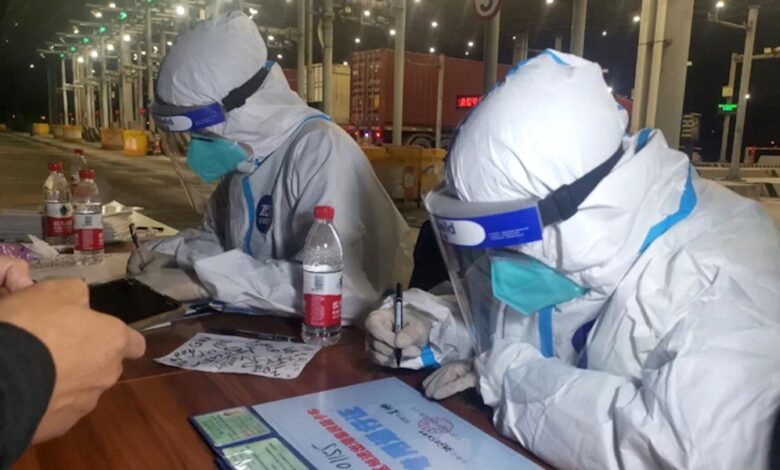Will shippers hold back container cargo from contracts for lower spot rates?
Port of LA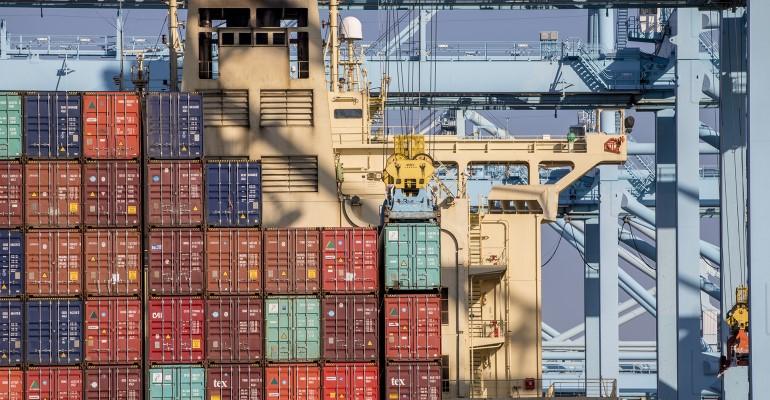
The yawning gap between container shipping spot rates and contract rates leaves a question on how much volume shippers will commit to contracts when they renegotiate.
Marcus Hand | Dec 21, 2022 Seatrade Maritime News
Container shipping spot rates have crumbled since the start of the year and in early December Drewry’s World Container Index (WCI) was 79% below the peak of $10,377 reached in September 2021.
The quarterly Global Shippers Forum (GSF)/MDS Transmodal Container Shipping Market Review noted that in Q3 spot rates fell by a fifth “leaving many shippers ‘burnt’ by their decisions to commit to long-term contacts earlier in the year”.
According to Xeneta in report at the start of December spot rates on Asia – Europe had gone from a position of a $5,640 per feu premium on 1 January 2022, to sit at $4,460 below long-term rates on 1 December. On the Asia – US East Coast trade the gulf was even larger with contract rates at 237% premium to spot rates at the start of December.
James Hookham, Director of Global Shippers Council, noted a decline in volumes in Q2 had turned into a sustained decline, market conditions not seen in a decade.
The resulting combination of market conditions could well see shippers committing lesser volumes to contracts with lines.
“The widening gap between spot rates and contact prices agreed six months prior to these data will anger shippers further and demands a flexible and immediate response by carriers if their dream of securing a majority of their business on contracted terms is to be achieved,” Hookham said.
“The big question going into 2023 will be how much of their diminished volumes will shippers commit to renegotiated contracts and how much will they reserve for the spot market, which is expected to fall to below pre-Covid levels in the next few weeks?”
The strategy of reserving cargoes for the spot market could run foul of efforts by lines to shore up rates by blanking sailings and even putting tonnage into lay-up. While reduced capacity has so far failed to stem the tide the fall of spot rates, greater spot cargo demand could tip that balance, in particular if vessels have been laid-up.
“Countering this trend will be efforts to manage capacity through ‘blanked sailings’ However, the extent to which spot rates are being supported by this permitted co-ordination between consortia partners is playing out just as competition authorities in Europe and North America are evaluating existing anti-trust measures and considering possible options for the future,” Hookham commented.
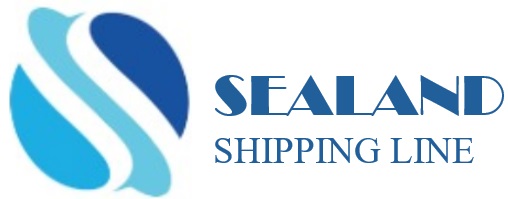
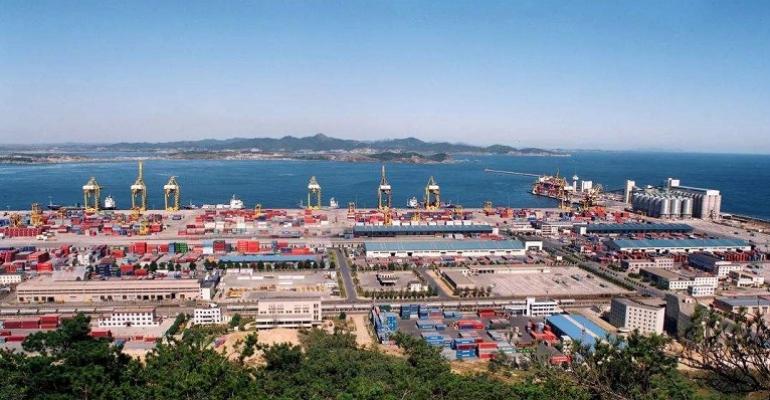
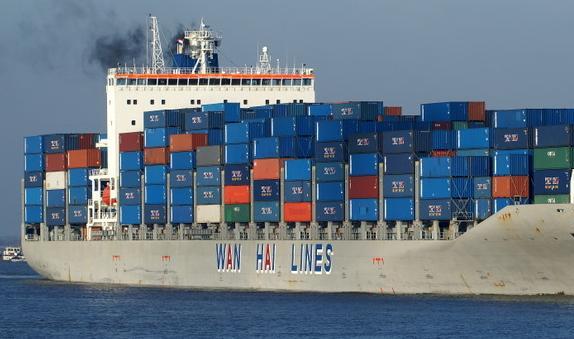

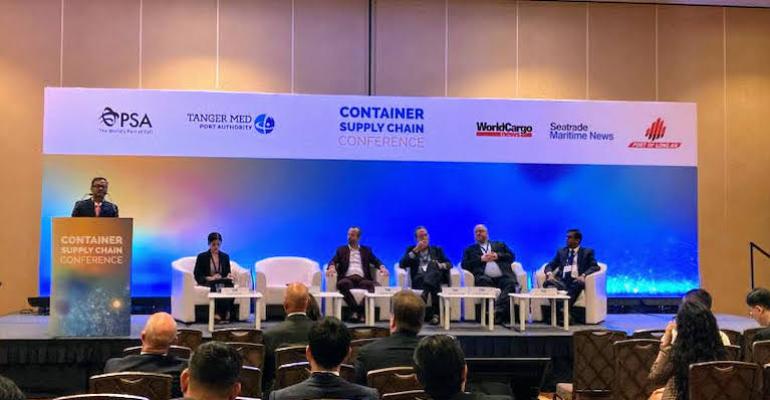
![Guangzhou port 22[2].jpg](https://www.seatrade-maritime.com/sites/seatrade-maritime.com/files/styles/article_featured_standard/public/Guangzhou%20port%20222.jpg?itok=RMLuacPr)
